In this week's roundup, you will learn more about Czechoslovak chocolate, a walk to a waterfall, and a punk rocker who drives homeless people by bus.
DISPLAY
Chocolate
Stollwerck, Figaro, Oscar Pischinger, Mojšovič, Kohút and Degenring, Ladislav Kirth, CY-PA, AŠAB, Pribil, Čikoš, … the list of chocolate producers on the territory of today’s Slovakia who began their business by 1948 goes on. Many brands have declined since then.
To help people discover the history of chocolate production in former Czechoslovakia, Horehronie Museum in Brezno decided to run a sweet exhibition, created by Bratislava’s Museum of Trade, until the end of January. It has a very straightforward name: Chocolate.
“The chocolate and confectionery industry was one of the most important branches of the food industry in Czechoslovakia,” the museum said.
The history of the industry dates back to the mid-19th century. Several chocolate factories were being established in Austro-Hungary at that point. After 1920, a boom in opening up chocolate and confectionery factories occurred, and their number gradually climbed to 180. Not all of them were large businesses. Yet, up to 20,000 people worked in all these factories.
“In addition to factory production, chocolate produced by confectioners in their workshops was also very widespread,” the museum said, adding that some received orders even from outside Czechoslovakia.
Slovak National Gallery: Hauke Harder’s sound installation Grigio Due, with its principles, indicates the functioning of the world in which we live. It is on display until January 13 at the Esterházy Palace in Bratislava.
Pianist: Young Australian-Slovak artist Ryan Martin Bradshaw won a talent show in Budapest.
TRAVEL
Bystrô
The southern side of the dead volcano Poľana is home to Bystrô, one of the largest waterfalls, named after the Bystré stream, in the Western Carpathians. The rock wall of this national natural monument exceeds a height of 23 metres.
Hikers set out on a trip to the waterfall, and further to Poľana (1,458 m), from Detva or Hriňová, towns in central Slovakia. The 2.5-kilometre-long educational tourist trail starts at the Bystré – Vrátka bus stop.
“Next to the waterfall, hikers can find a ladder with chains, which will help them climb to its upper part,” Tomáš Krahulec of the Turistický Novohrad and Podpoľanie regional tourist organisation told the TASR newswire. In 2022, Banská Bystrica Region will invest €35,000 in making the place more attractive.
Krahulec added that if people want to see the whole waterfall, they must go down the ladders as well. However, from the top of the waterfall hikers can walk up to Poľana or the Javorinka area with its rock formation Kešovka. From this spot, hikers will enjoy a splendid view of the Hriňová scattered settlements, also known as "lazy", which are set in valleys, fields and hills.
You can find a map of the trail leading to Bystrô here.
More travel ideas
A stone statue of the Immaculate Conception of Mary has been declared a national cultural monument.
Kopčany, a village located in fields on the east side of the Morava River, boasts three things that have put it on the map of distinctive places in Slovakia.
Žilina named a small park after a Swedish architect and installed a monument in his honour.
FASHION
Trenčín to revive its fashion tradition
In former times, Trenčín Region used to be a well-known mecca of fashion, at least to Slovaks, and the famous story of the fashion industry may soon see its continuation there.
The Sustainable Fashion Laboratory project aims to help create a responsible and independent fashion industry in the region, the TASR newswire wrote. The initiative of the non-profit organisation Slovak Fashion Council counts on its cooperation with fashion faculties and the city of Trenčín, which will become the European Capital of Culture in 2026.
“Fashion could be the impetus for a change that Trenčín needs,” said the council’s head Zuzana Bobíková.
This year, the council wants to bring representatives of fashion cities together to better support the development of the fashion business in Trenčín Region. Summer Fashion Academy will follow in 2024, focusing on children and people living with disabilities. On top of that, the Fashion Street Runaway series will bring fashion to the most unexpected places.
Through the project, Bobíková believes, locals and foreigners will come to understand the importance of the principles of a responsible fashion ecosystem. She added, “Trenčín will become an example for other cities and regions in Europe.”
WEEKEND READ
A punk rocker drives homeless people by bus
Nearly seven o’clock. A freezing December, the outskirts of Bratislava. The airport, where thousands of people arrive every day, is nearby. And a homeless shelter run by the Depaul organisation is close.
A large building that used to house a carpentry workshop stands near the road towards the city centre. In the winter, more than 200 homeless people spend the night here. The shelter closes its doors in the morning and opens again at 19:00. Dozens of men and women, both young and old, are standing at the bus stop.
When the bus arrives, passengers climb aboard. The man behind the wheel is Roman Hulín, who initiated the brand new bus line number 163, used mostly by the homeless people travelling to and from the shelter. He closes the doors and sets off.
That is for now. Have a lovely weekend! - Peter
Do you have any tips? You can reach Peter at peter.dlhopolec@spectator.sk



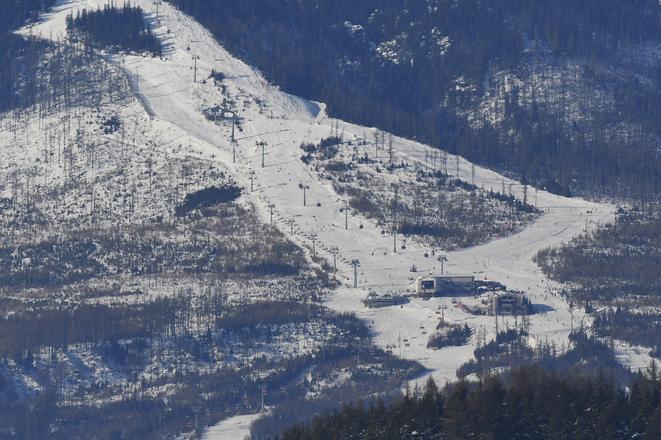 The middle part of the ski slopes of the ski resort in Tatranská Lomnica in the High Tatras. (source: Milan Kapusta/TASR)
The middle part of the ski slopes of the ski resort in Tatranská Lomnica in the High Tatras. (source: Milan Kapusta/TASR)
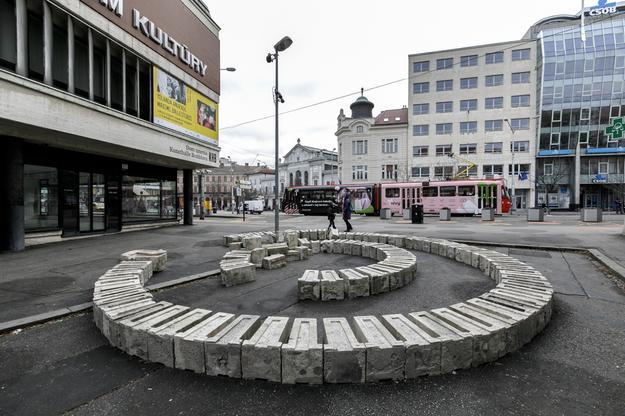 The hybrid sculpture project Promenade by Matej Gavula on Treskoňová Street near Kunsthalle in Bratislava. (source: Dano Veselský/TASR)
The hybrid sculpture project Promenade by Matej Gavula on Treskoňová Street near Kunsthalle in Bratislava. (source: Dano Veselský/TASR)
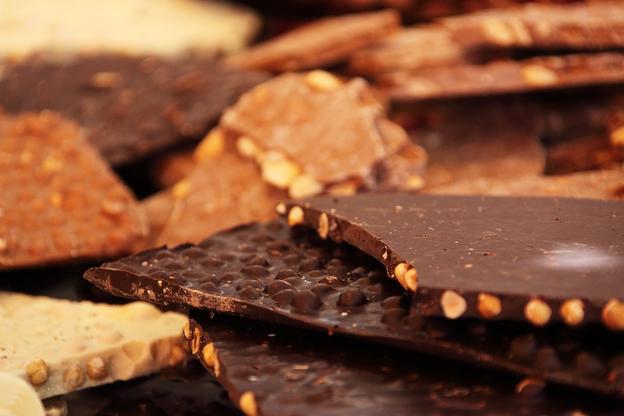 The Chocolate exhibition at Horehronie Museum in Brezno runs until the end of January 2022. (source: Pixabay)
The Chocolate exhibition at Horehronie Museum in Brezno runs until the end of January 2022. (source: Pixabay)
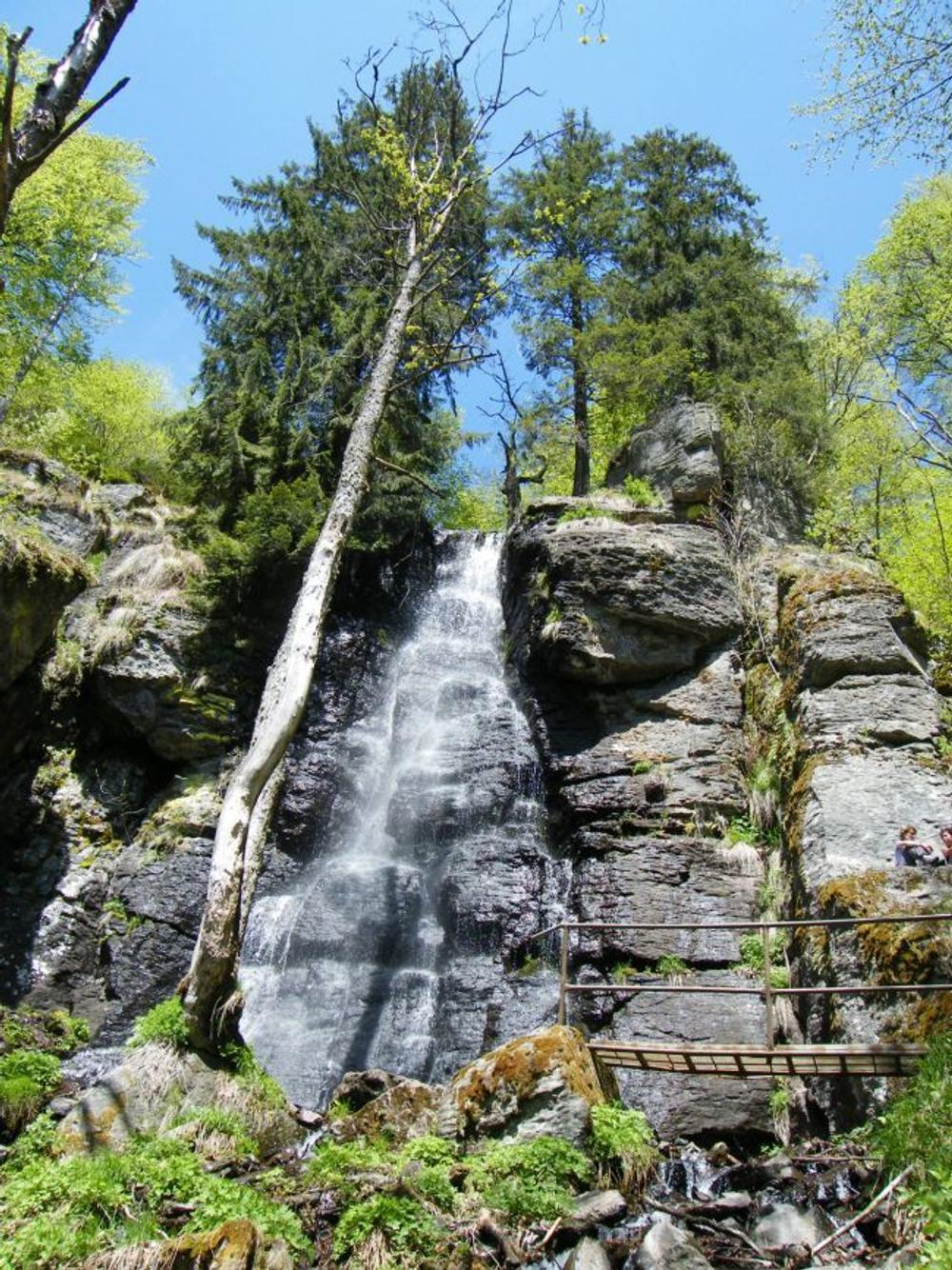 Bystrô Waterfall in the Poľana protected landscape area, central Slovakia. (source: Hriňová.sk)
Bystrô Waterfall in the Poľana protected landscape area, central Slovakia. (source: Hriňová.sk)
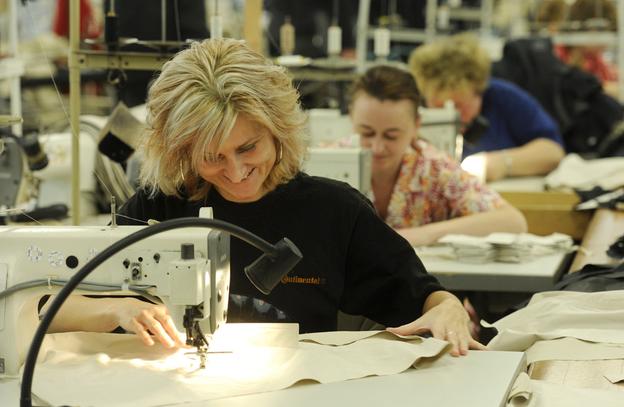 Women at sewing machines in the Makyta Púchov textile company in 2011. (source: Radovan Stoklasa/TASR)
Women at sewing machines in the Makyta Púchov textile company in 2011. (source: Radovan Stoklasa/TASR)
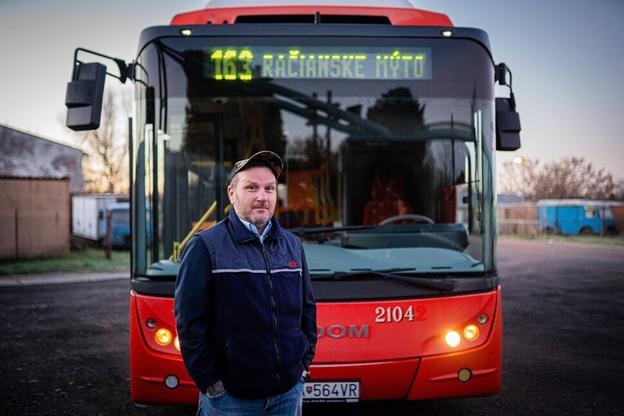 Roman Hulín poses in front of bus number 163, which he personally fought for. (source: SME)
Roman Hulín poses in front of bus number 163, which he personally fought for. (source: SME)